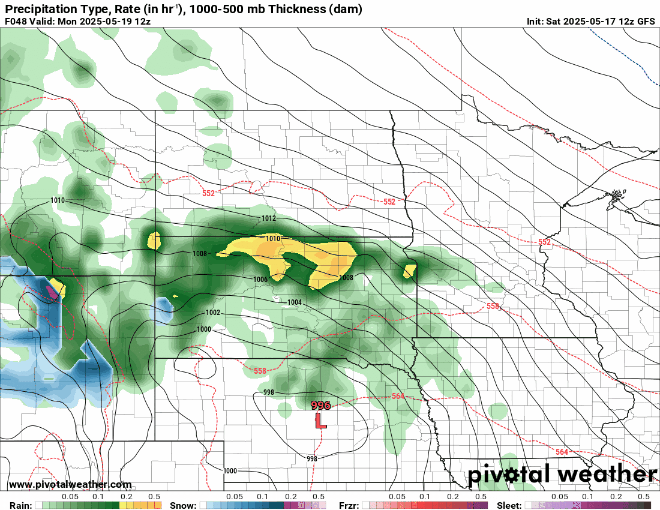Understanding Freeze Warnings: How to Protect Plants and Stay Prepared

A sudden dip in temperature can spell trouble for gardens, farms, and even your weekend plans. A freeze warning signals that conditions favorable for freezing temperatures are on the way. This alert matters most during the spring and fall, when unexpected cold snaps can damage sensitive outdoor plants. Let’s break down what a freeze warning means, who it affects, and how you can stay one step ahead.
What Is a Freeze Warning?
A freeze warning is issued by the National Weather Service when temperatures are expected to fall to 32°F (0°C) or lower for a sustained period. These conditions are especially hazardous during the growing season, threatening unprotected plants, crops, and outdoor plumbing. In some cases, gardeners and farmers may also see frost advisories, which signal that patchy or light frost is possible but not as severe as a full freeze.
For a recent example, check out this report by MPR News: "Frost is expected to develop Saturday night as chilly temperatures settle in. A frost advisory will be in effect from 1 a.m. to 9 a.m. Sunday, with a freeze warning issued for northern Lake and Cook counties.”
Why Are Freeze Warnings Important?
A freeze warning is more than just a headline. Sensitive vegetation, crops, and even certain pets can be affected. If you’ve started planting summer flowers, fruits, or vegetables, these warnings help you act before damage occurs. According to FOX 9 Minneapolis-St. Paul, "frost can kill sensitive outdoor plants and vegetation."
How to Protect Your Plants During a Freeze Warning
Stay alert to forecasts—multiple Minnesota counties recently experienced freeze warnings, stressing the importance of preparedness. Here are some quick steps to guard your garden:
- Cover delicate plants: Use sheets, burlap, or specialized garden fabric.
- Water soil thoroughly: Moist soil holds heat better than dry.
- Bring potted plants indoors: Relocate them to a garage or porch if possible.
- Harvest what you can: Pick any ripe vegetables or delicate flowers in advance.
MPR News and KSTP 5 Eyewitness News both recommend covering your sensitive plants before a freeze warning goes into effect. Meteorologists at KSTP also point out, "If you’ve done any early planting, now is a good time to cover up sensitive plants."
What Happens After a Freeze Warning?
Often, freeze warnings are followed by a return to milder weather, so your plants may bounce back if protected well. Still, damage can occur if precautions aren't taken. The temperature trend usually normalizes, but staying up-to-date with the latest weather forecast can help you plan your next steps.
Stay Informed and Ready
Freezing temperatures can be surprising, but preparedness makes all the difference. Subscribe to weather alerts, monitor your garden’s needs, and act quickly when a freeze warning is issued. Your plants—and your peace of mind—will thank you!